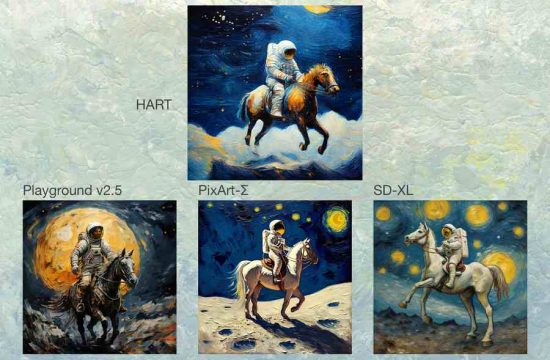
The Atacama Large Millimeter/Submillimeter Array (ALMA) has successfully observed a site of planet formation by detecting a high concentration of dust grains, a planet-forming material, outside the orbits of just-formed planets.
An international research team led by Kiyoaki Doi, then a Ph.D. student at the National Astronomical Observatory of Japan (NAOJ)/the Graduate University for Advanced Studies, SOKENDAI, and currently a postdoctoral fellow at the Max Planck Institute for Astronomy, performed high-resolution observations of a protoplanetary disk around a young star called PDS 70 at a wavelength of 3 mm with ALMA.
The object hosts two known planets, and the new ALMA observations revealed a localized accumulation of dust grains outside the planetary orbits. This finding suggests that already-formed planets accumulate the material for a planet and facilitate the potential formation of the next planet. This work contributes to revealing the formation process of planetary systems consisting of multiple planets, like the Solar System.
To date, more than 5,000 planets have been identified both within and outside the solar system. In some cases, they compose planetary systems consisting of multiple planets. These planets are believed to originate from micron-sized dust grains in the protoplanetary disks that surround young stars. However, how these dust grains accumulate locally and lead to the formation of planetary systems remains unknown.
PDS 70 is the only known celestial object with already-formed planets, confirmed by optical and infrared observations, within a protoplanetary disk. Unveiling the distribution of dust grains in this object will provide insight into how the already-formed planets interact with the surrounding protoplanetary disk and potentially influence subsequent planet formation.
Previous observations with ALMA at 0.87 mm revealed ring-shaped emissions from the dust grains outside the planetary orbits. However, the emission source might be optically thick (opaque, with dust grains on the near side obscuring those behind them), and the observed emissions distribution might not accurately reflect the distribution of the dust grains.
The researchers, led by Kiyoaki Doi, performed high-resolution observations of the protoplanetary disk around PDS 70 at a wavelength of 3 mm with ALMA. The observations at 3 mm are optically thinner (more transparent), providing the distribution of the dust grains more reliably.
The new observations at 3 mm showed a different distribution from the previous 0.87 mm observations. They revealed that the dust emission is concentrated in a specific direction within the dust ring outside the planets. This suggests that dust grains, the building blocks of planets, accumulate in a narrow region and form a localized clump.
The dust clump outside the planets suggests that the already-formed planets interact with the surrounding disk, concentrating dust grains into a narrow region at the outer edge of their orbit. These clumped dust grains are thought to grow into a new planet.
The formation of planetary systems, like the Solar System, can be explained by the sequential formation of the planets from inside to outside by repeating this process. This observational work captured how already-formed planets interact with their surroundings and trigger the formation of the next planet, contributing to our understanding of planetary system formation.
Kiyoaki Doi, who led this work, says, “A celestial object is made up of multiple components, each emitting radiation at different wavelengths. Thus, observing the same object at multiple wavelengths offers a unique perspective on the target. In PDS 70, the planets were discovered at optical and infrared wavelengths, while the protoplanetary disk was observed at millimeter wavelengths.”
This work shows that the disk exhibits different morphologies, even within the observation wavelength range of ALMA. This highlights the importance of observations across various wavelengths, including multi-wavelength observations with ALMA. Observing multiple components of a target with various observational settings with different telescopes is necessary for a comprehensive understanding of the entire system.









